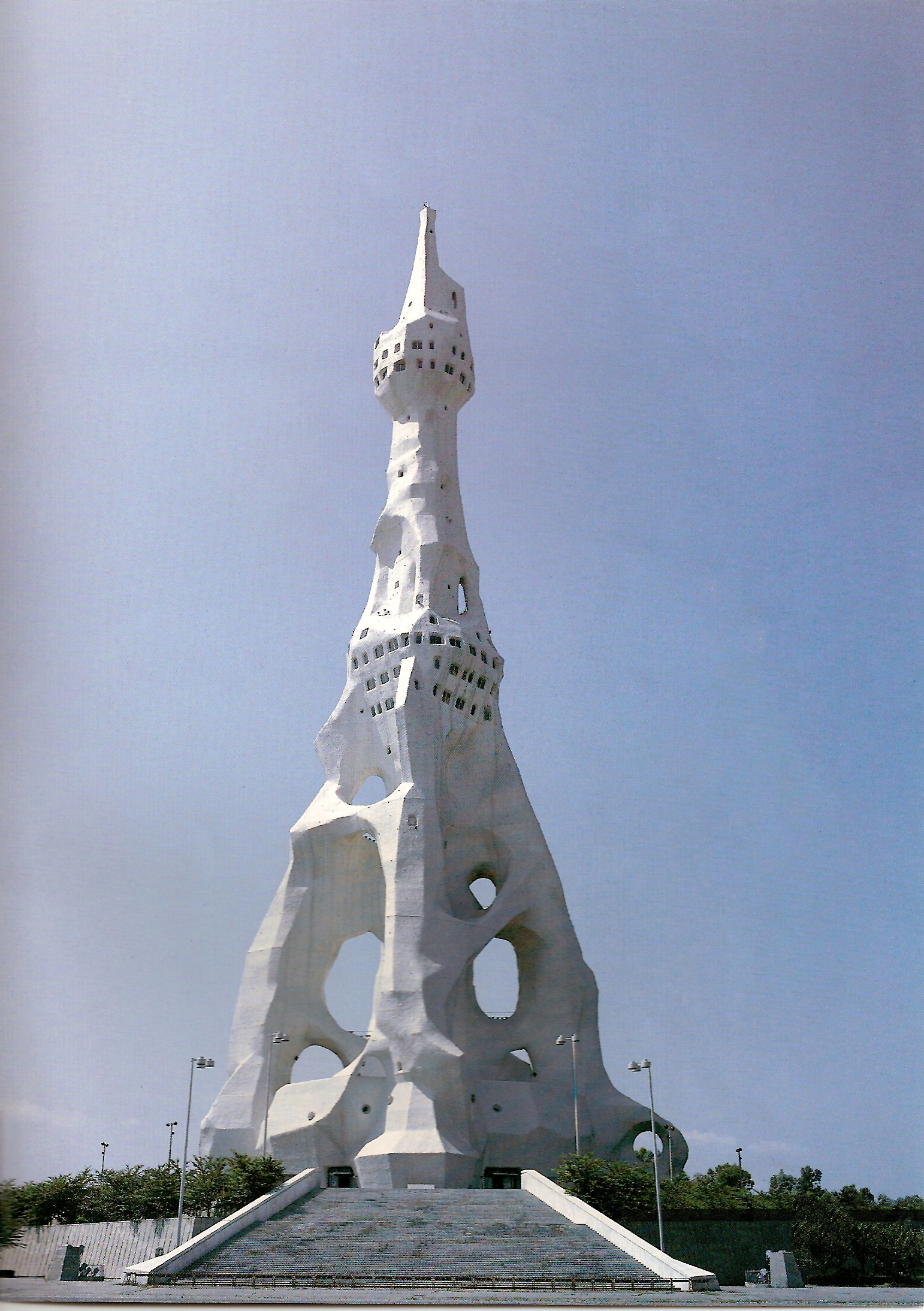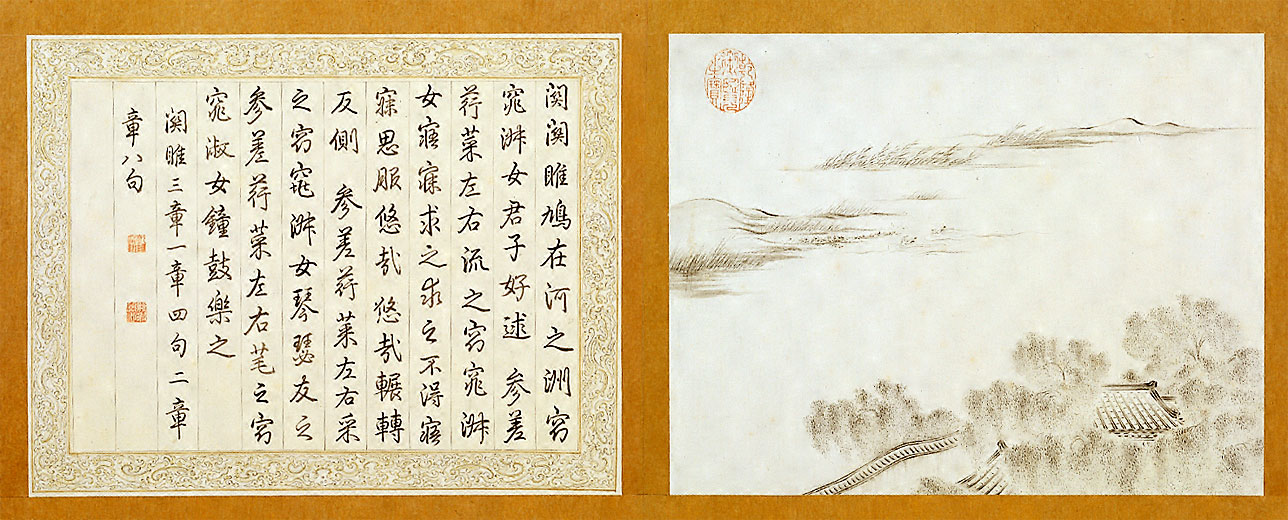|
Shintō Tenkōkyo
is a Shinto-based Japanese new religion founded by in 1920. Shinto Tenkokyo has several shrines (''jinja'' 神社) on Mount Iwaki or ''Iwaki-yama'' ( 石城山) in Hikari, Yamaguchi Prefecture. Its headquarters is located at the southern base of the mountain in Tabuse. History In 1920, the predecessor of the current organization was founded as in Shizuoka by Tomokiyo Yoshisane, who had been a magazine editor for Oomoto from 1918 and 1919. The organization, later renamed Shintō Tenkōkyo, was registered in 1922. In 1928, Tomokiyo moved Shintō Tenkōkyo from Shizuoka to Tabuse and constructed several shrines on Mount Iwaki in 1930. Rituals Shintō Tenkōkyo considers its rituals to be a continuation of Ko-Shintō. Every November, Shintō Tenkōkyo organizes a nighttime ritual ceremony (山上夜間特別修法) for "universal harmony and world spiritualization" (万有和合・世界霊化). Followers recite the "Ten Prayers" (十言神咒) in dedication to Amaterasu. A ... [...More Info...] [...Related Items...] OR: [Wikipedia] [Google] [Baidu] |
Amaterasu
, often called Amaterasu () for short, also known as and , is the goddess of the sun in Japanese mythology. Often considered the chief deity (''kami'') of the Shinto pantheon, she is also portrayed in Japan's earliest literary texts, the () and the (720 CE), as the ruler (or one of the rulers) of the heavenly realm Takamagahara and as the mythical ancestress of the Imperial House of Japan via her grandson Ninigi. Along with two of her siblings (the moon deity Tsukuyomi and the impetuous storm-god Susanoo) she ranks as one of the "Three Precious Children" (, ), the three most important offspring of the creator god Izanagi. Amaterasu's chief place of worship, the Grand Shrine of Ise in Ise, Mie Prefecture, is one of Shinto's holiest sites and a major pilgrimage center and tourist spot. As with other Shinto ''kami'', she is also enshrined in a number of Shinto shrines throughout Japan. Name The goddess is referred to as ''Amaterasu Ōmikami'' ( / ; historical orthogr ... [...More Info...] [...Related Items...] OR: [Wikipedia] [Google] [Baidu] |
Nagasawa Katsutate
(September 14, 1858 – October 10, 1940) was a Japanese Shinto priest and spiritual teacher. He was the spiritual teacher of Deguchi Onisaburo, Tomokiyo Yoshisane, and Nakano Yonosuke, all of whom were founders of notable Japanese new religions. Biography Early life Nagasawa Katsutate was born on September 14, 1858 (old lunar calendar date: August 8 of the year Ansei 5) in Fujimi Village 不二見村, Abe 安倍 district (now part of the city of Shimizu, Shizuoka). His father was Nagasawa Shinzaemon (新左工門), and his mother was Nagasawa Toyoko (新左豊子). As Shinto priest During Nagasawa's teenage years, he attended the , located at in Shizuoka city. In 1874, Nagasawa became a teaching assistant at the same school and also served as a ritual assistant at . During that time, he also became the head priest of (note that has the reading "Yamanashi"). He established the at Yamanashi Shrine in 1891. Nagasawa was later promoted as head priest of Miho Shrine, which w ... [...More Info...] [...Related Items...] OR: [Wikipedia] [Google] [Baidu] |
Japanese New Religions
Japanese new religions are new religious movements established in Japan. In Japanese, they are called or . Japanese scholars classify all religious organizations founded since the middle of the 19th century as "new religions"; thus, the term refers to a great diversity and number of organizations. Most came into being in the mid-to-late twentieth century and are influenced by much older traditional religions including Buddhism and Shinto. Foreign influences include Christianity, the Bible, and the writings of Nostradamus. Before World War II In the 1860s, Japan began to experience great social turmoil and rapid modernization. As social conflicts emerged in this last decade of the Edo period, known as the Bakumatsu period, some new religious movements appeared. Among them were Tenrikyo, Kurozumikyo, and Oomoto, sometimes called () or "old new religions", which were directly influenced by Shinto (the State Shinto, state religion) and shamanism. The social tension continued to gr ... [...More Info...] [...Related Items...] OR: [Wikipedia] [Google] [Baidu] |
Setsumatsusha
and , also called Iwanami Japanese dictionary, 6th Edition (2008), DVD version. (collectively known as The term ''setsumatsusha'' is the combination of the two terms ''sessha'' and ''massha''.) are small or miniature shrines entrusted to the care of a larger shrine, generally due to some deep connection with the enshrined ''kami''. The two terms used to have legally different meanings, but are today synonyms. ''Setsumatsusha'' can lie either or the main shrine's premises. ''Setsumatsusha'' are usually 1x1 '' ken'' in size. They can however be as small as beehives or relatively large and have 1x2, 1x3 or even, in one case, 1x7 bays. History The practice of building ''sessha'' and ''massha'' shrines within a ''jinja'' predates written history. The earliest ''setsumatsusha'' usually had some strong connection to the history of the area or the family of the enshrined ''kami''. During the Heian period, Ise Shrine used to make a distinction between the two types based on whether ... [...More Info...] [...Related Items...] OR: [Wikipedia] [Google] [Baidu] |
Ayabe, Kyoto
is a Cities of Japan, city located in Kyoto Prefecture, Japan. , the city had an estimated population of 31,082 in 13,660 households and a population density of 90 persons per km2. The total area of the city is . Geography Ayabe is situated in the mountains of Northern Kyoto Prefecture, with the Yura River (Japan), Yura River flowing through the center of the city. Climate Ayabe has a Humid subtropical climate (Köppen ''Cfa'') characterized by warm summers and cool winters with light to no snowfall. The average annual temperature in Ayabe is 13.5 °C. The average annual rainfall is 1639 mm with September as the wettest month. The temperatures are highest on average in August, at around 25.4 °C, and lowest in January, at around 2.3 °C. Neighbouring municipalities * Fukui Prefecture ** Ōi, Fukui, Ōi ** Takahama, Fukui, Takahama * Kyoto Prefecture ** Fukuchiyama, Kyoto, Fukuchiyama ** Kyōtanba, Kyoto, Kyōtanba ** Maizuru, Kyoto, Maizuru ** Nantan, Kyot ... [...More Info...] [...Related Items...] OR: [Wikipedia] [Google] [Baidu] |
Mount Hongū (Ayabe)
, occasionally also known as or , is a sacred hill in Ayabe, Kyoto Prefecture, Japan. It is a , or physical embodiment of a , that is considered by the Oomoto religion to be its primary spiritual center. Mount Hongū is located on the grounds of , a shrine and garden complex which was declared by its founders Nao Deguchi and Onisaburo Deguchi to be the spiritual center of Japan around the turn of the 20th century. History and religious significance According to ''Michi no Shiori'', In 1935, a shrine building complex was destroyed by the police during the Second Oomoto Incident. The shrine building complex was never rebuilt. Geography The main building complexes in are located at the western and northern base of Mount Hongū. The San'in Main Line and Yura River run along the eastern base of the mountain. The summit of Mount Hongū is marked by a spherical stone marker. See also * Mount Misen (Ayabe) *Mount Takakuma () is a sacred mountains, sacred mountain in Anao (� ... [...More Info...] [...Related Items...] OR: [Wikipedia] [Google] [Baidu] |
Literary Chinese
Classical Chinese is the language in which the classics of Chinese literature were written, from . For millennia thereafter, the written Chinese used in these works was imitated and iterated upon by scholars in a form now called Literary Chinese, which was used for almost all formal writing in China until the early 20th century. Each written character corresponds to a single spoken syllable, and almost always to a single independent word. As a result, the characteristic style of the language is comparatively terse. Starting in the 2nd century CE, use of Literary Chinese spread to the countries surrounding China, including Vietnam, Korea, Japan, and the Ryukyu Islands, where it represented the only known form of writing. Literary Chinese was adopted as the language of civil administration in these countries, creating what is known as the Sinosphere. Each additionally developed systems of readings and annotations that enabled non-Chinese speakers to interpret Literary ... [...More Info...] [...Related Items...] OR: [Wikipedia] [Google] [Baidu] |
Soejima Taneomi
Count was a diplomat and statesman during early Meiji period Japan. Life and career Soejima was born into a ''samurai'' family in Saga, in Hizen Province (present-day Saga Prefecture). His father was a teacher in the domain's school and a scholar of National Learning (''kokugaku''). In 1866, Soejima was sent to Nagasaki by the domain leaders to study the English language. There he studied under Guido Verbeck, a Dutch missionary, giving special attention to the United States Constitution and the New Testament. During the Boshin War he was a military leader of the Saga forces committed to the overthrow of the Tokugawa bakufu. After the Meiji Restoration, Soejima became a junior councilor ''(san'yo)'' and assisted Fukuoka Takachika in drafting the structure of the provisional Meiji government in 1868. While most of Japan's government was on its around-the-world tour of the United States and Europe on the Iwakura Mission, Soejima served as interim Foreign Minister. During his ter ... [...More Info...] [...Related Items...] OR: [Wikipedia] [Google] [Baidu] |



